Dr. Seibel’s Inventions
DR. SEIBEL'S SURGICAL INSTRUMENTS
As U.S. Patent holder Dr. Barry Seibel explains,
“The development of each of the 20 Seibel surgical instruments occurred while applying Phacodynamics principles to cataract and LASIK surgery. During each step of every operation, I ask myself what the goal of that moment is, and how it could best be served. If the answer is not the current technique and instrumentation, then I am driven to systematically derive how I can make improvements. This is how I created the 20 specialized Seibel instruments that enhance safety, patient comfort, and surgical efficiency.”


Dr. Seibel’s Cataract Surgery Tray. All Instruments Invented by Dr. Seibel and used by Eye Surgeons Worldwide!
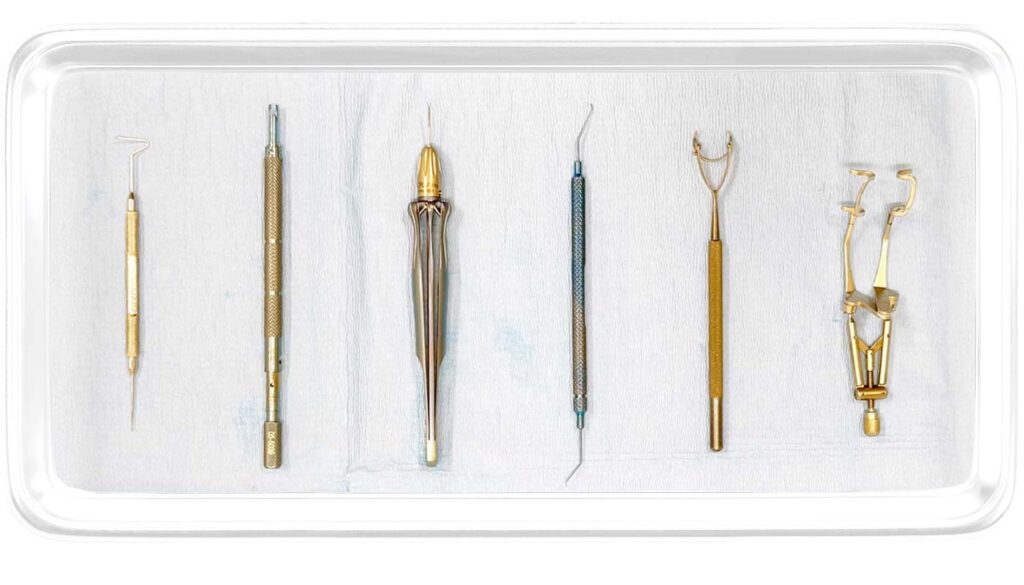
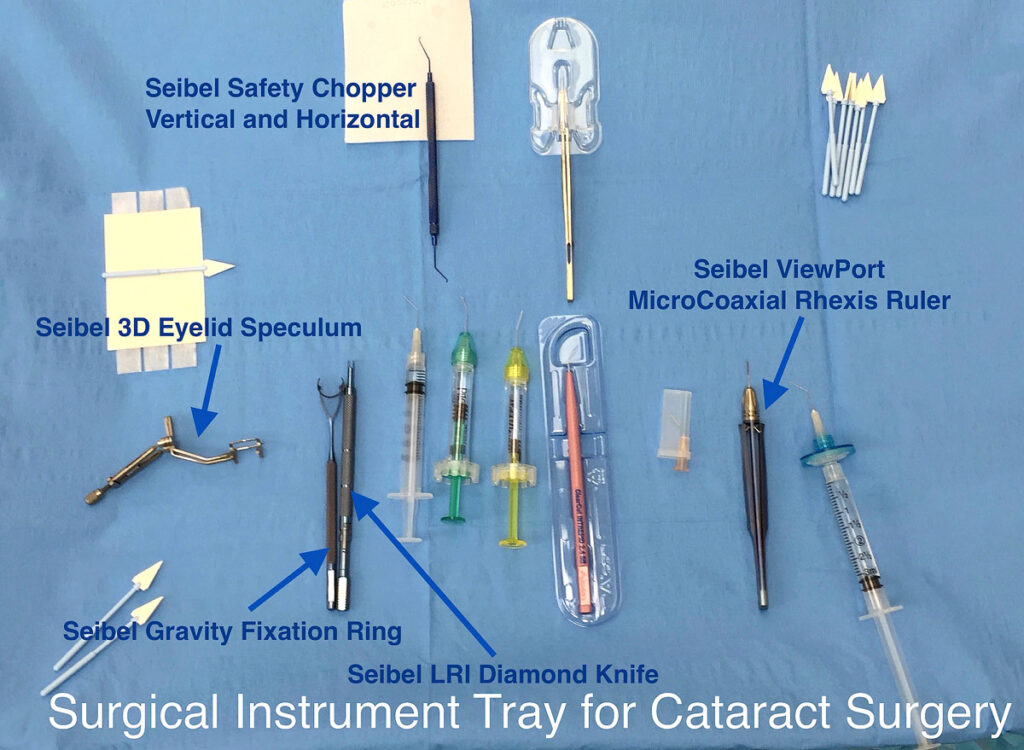
For a complete detail on each of Dr. Seibel's cataract tray instruments, keep reading below.
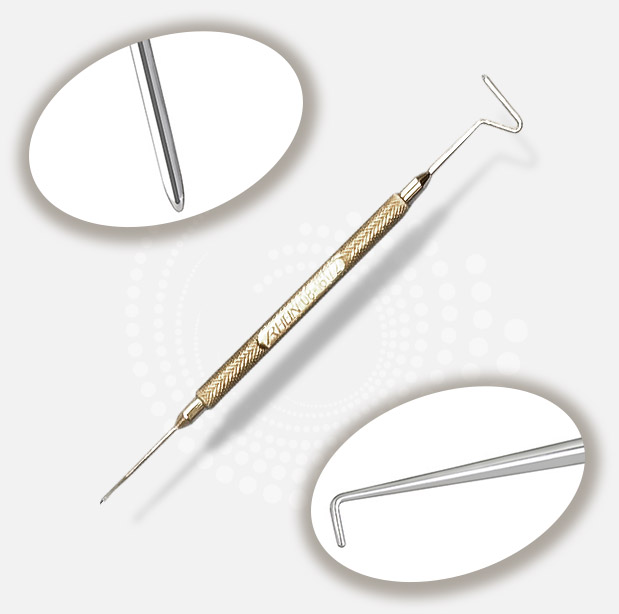
Seibel LASIK Flap Lifter
Very popular instrument used in LASIK, but also useful for refining astigmatism incisions created with a femto laser during cataract surgery. Also useful for opening prior incisions when a lens implant revision or exchange is needed.
Seibel Diamond Limbal Relaxing Incision Blade
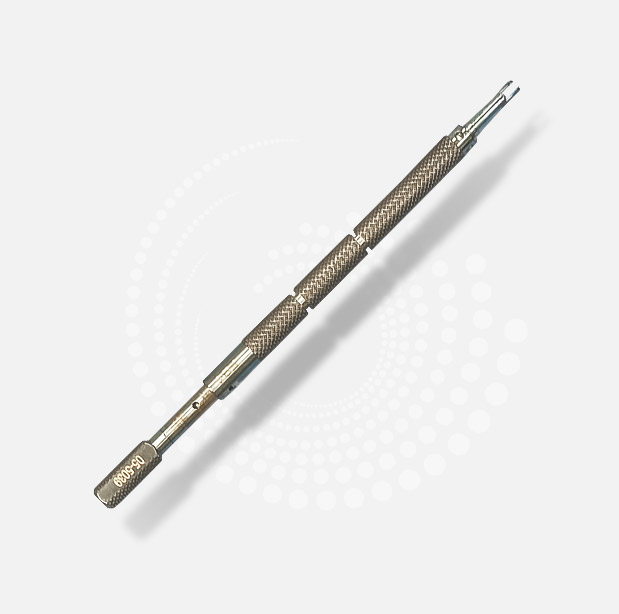
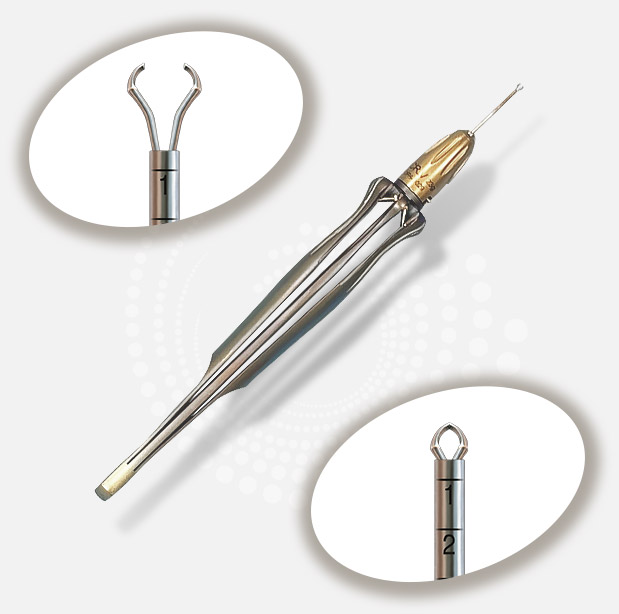
Seibel Rhexis Ruler with Microcoaxial Forceps
Seibel Horizontal and Vertical Safety Choppers
These very popular instruments improve on prior art by critically analyzing both eye anatomy along with the mechanics of the chopping methods of cataract disassembly. For example, instead of the awkward and arbitrary right angle of the original chopping instrument, the Seibel instrument uses a curved architecture sized to the actual dimensions and curvature of a cataract. This not only allows for more effective engagement of the cataract during surgery, it also allows for much better ergonomics when entering and exiting the eye. The vertical chopping end is unique in incorporating a curved profile instead of the sharp tip more typical of this class of instruments. Adequate tissue cleavage is achieved by intelligent placement of the chopping bevel and a thin tip profile instead of the simpler but arguably more dangerous sharp tip of prior art instrumentation.
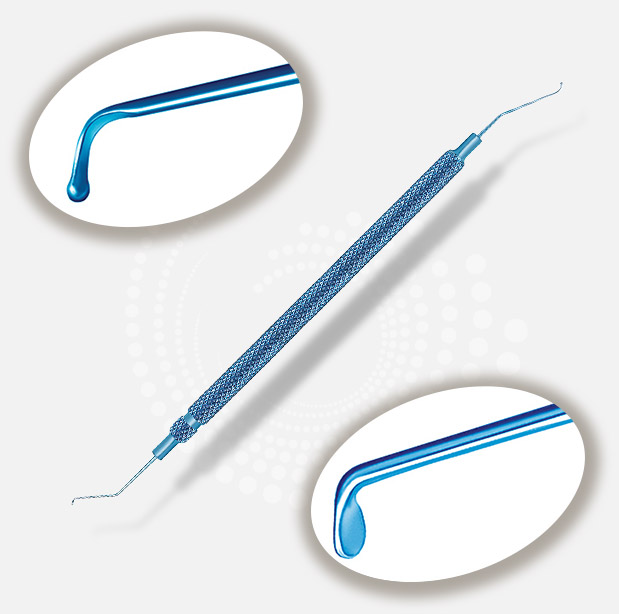
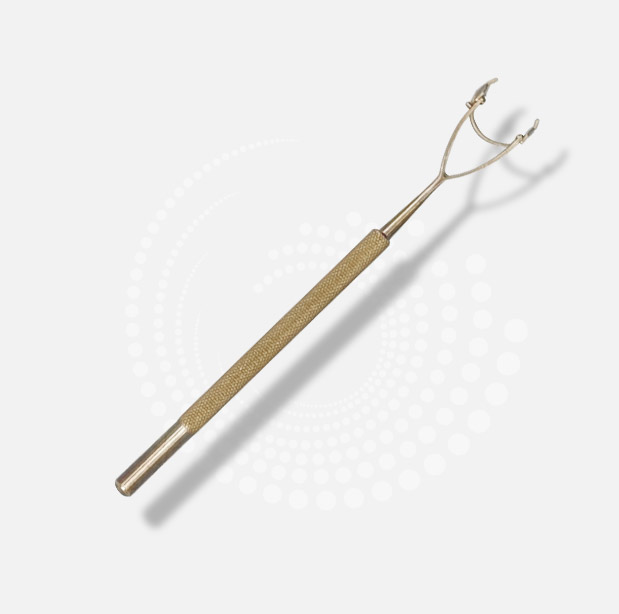
Seibel Gravity Fixation Ring
Used to stabilize the eye for various incisions, the original Fine Thornton Ring arbitrarily placed the handles pivots outside of the ring at the geometric center. The outside placement significantly increased the size of the instrument requiring a patient’s lids to be retracted more at greater discomfort. Furthermore, the central geometric placement meant that loose pivots caused the ring to sag awkwardly downwards and that stiffer pivots required two hands for positioning and placement. The Seibel instrument innovated by strategically placing the pivots on a tab above and inside the ring at the ring’s center of gravity, effectively improving the aforementioned problems with the original instrument.
Seibel 3D Eyelid
Speculum
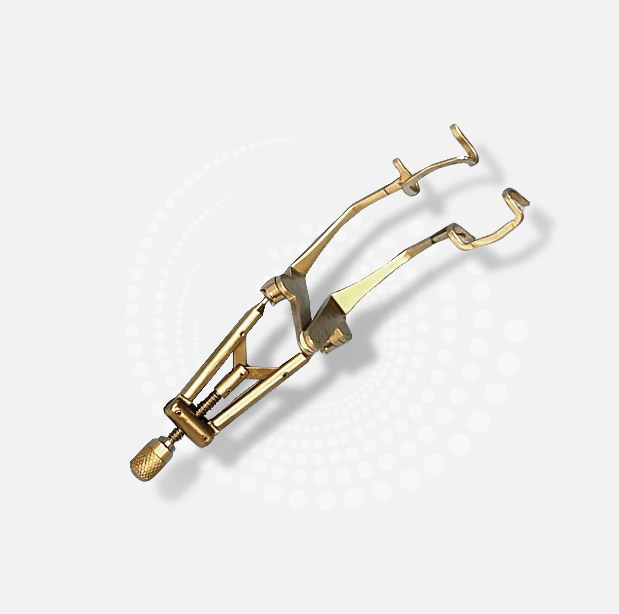
For a complete list of all the Seibel surgical instruments, visit his “Curriculum Vitae – Instrumentation” page.
BELOW IS DATA FROM BAUSCH & LOMB ON ONE OF THESE SURGICAL INSTRUMENTS:
E4054R
Seibel 3-D Lid Speculum
– Solid Blade
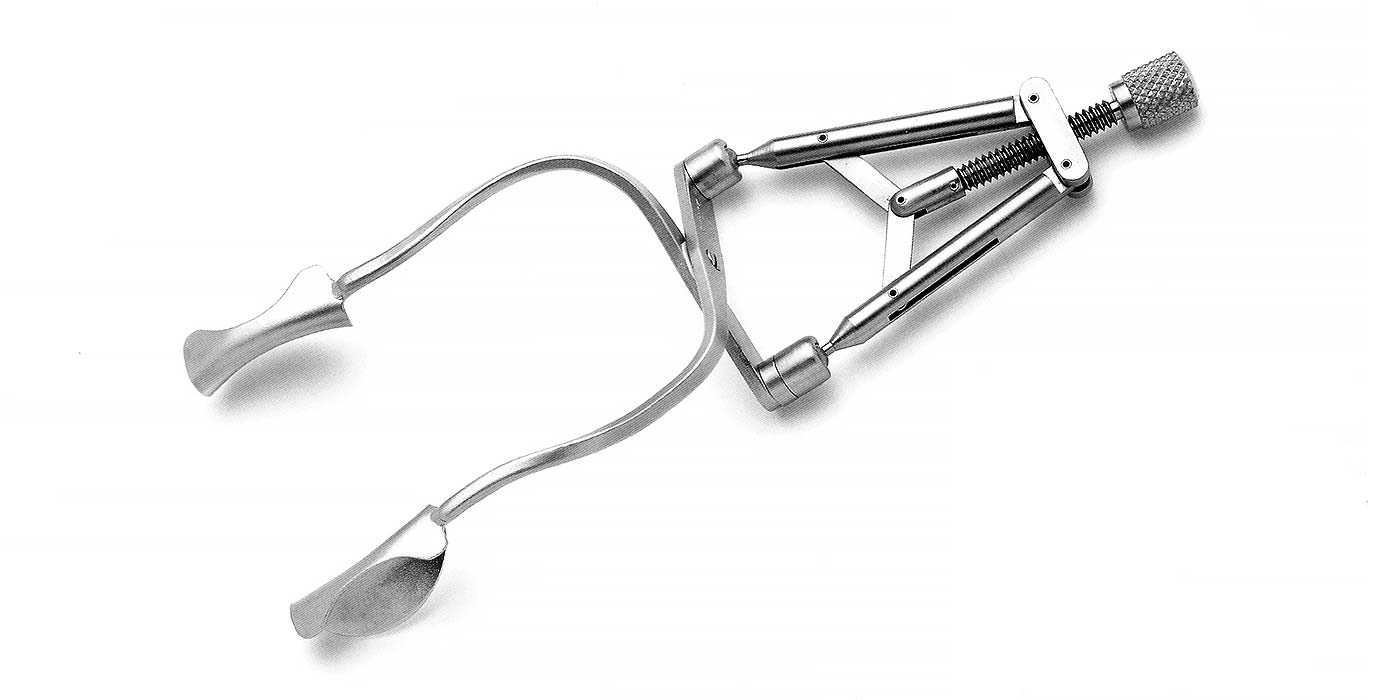
E4075R
Seibel 3-D Lid Speculum
– Ribbon Blade
E4075RC
Seibel 3-D Lid Speculum
– Ribbon Blade Compact
LID CONTROL FOR CATARACT AND REFRACTIVE PROCEDURES.
- Unique pivot axis allows blades to gently support lids through an anatomically correct arc of motion.
- Swivel screw adjustment mechanism rotates out of the way after adjustment and provides a secure lock.
- Lid blades contoured to the surface of the eye are excellent for creating exposure of the eye surface during phacoemulsification or microkeratome suction ring placement.
- Ribbon design of blades allows same surgical ergonomic access as open wire designs but the ribbon stock distributes force over a larger surface area than the tangent point of contact of a wire speculum, thereby reducing focal pressure on the eyelid and enhancing patient comfort.
- Available in solid blade or open “ribbon” style blade.
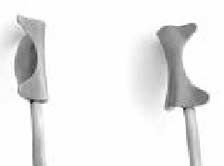
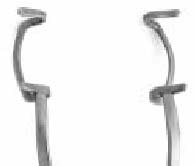
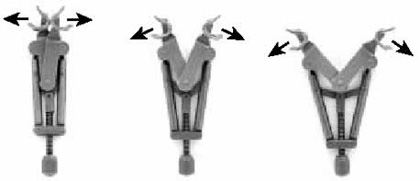
- Unlike conventional speculum designs that open in one plane, the blades of the Seibel 3-D Speculum follow the anatomical path of the globe to gently support the lids.
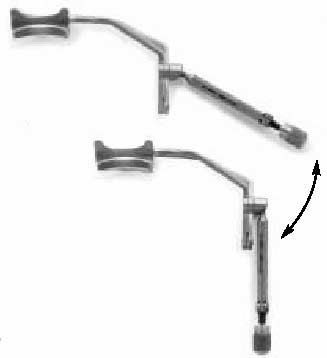
- Screw mechanism swings up for positioning and adjustment and down out of the way during the procedure.
- To order, please contact your Bausch & Lomb representative or call customer service at 800-338-2020. Visit our web site at bausch.com.
The Seibel 3-D Lid Speculum was designed by Barry S. Seibel, MD of Los Angeles, CA, U.S. PATENT No. 6,283,913.